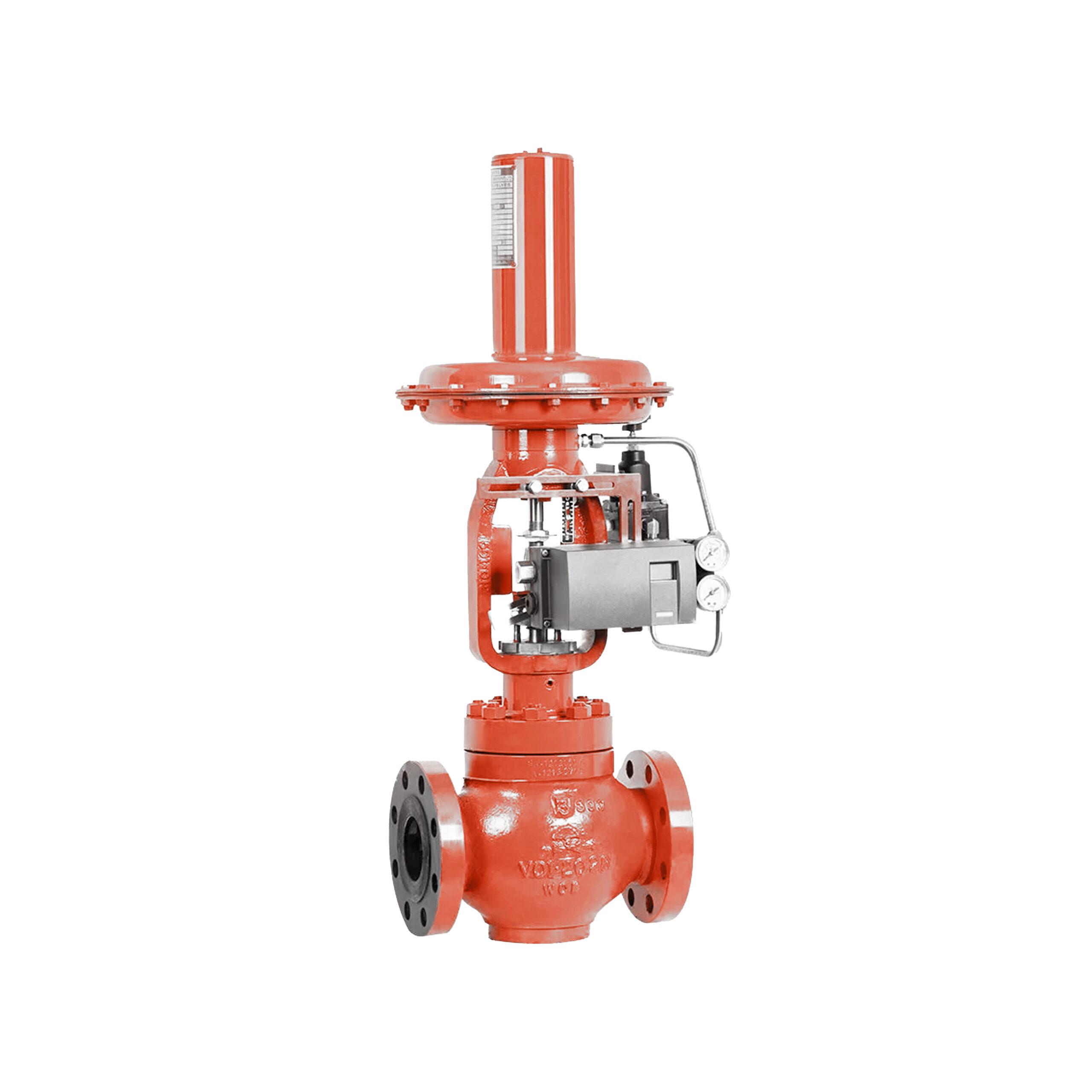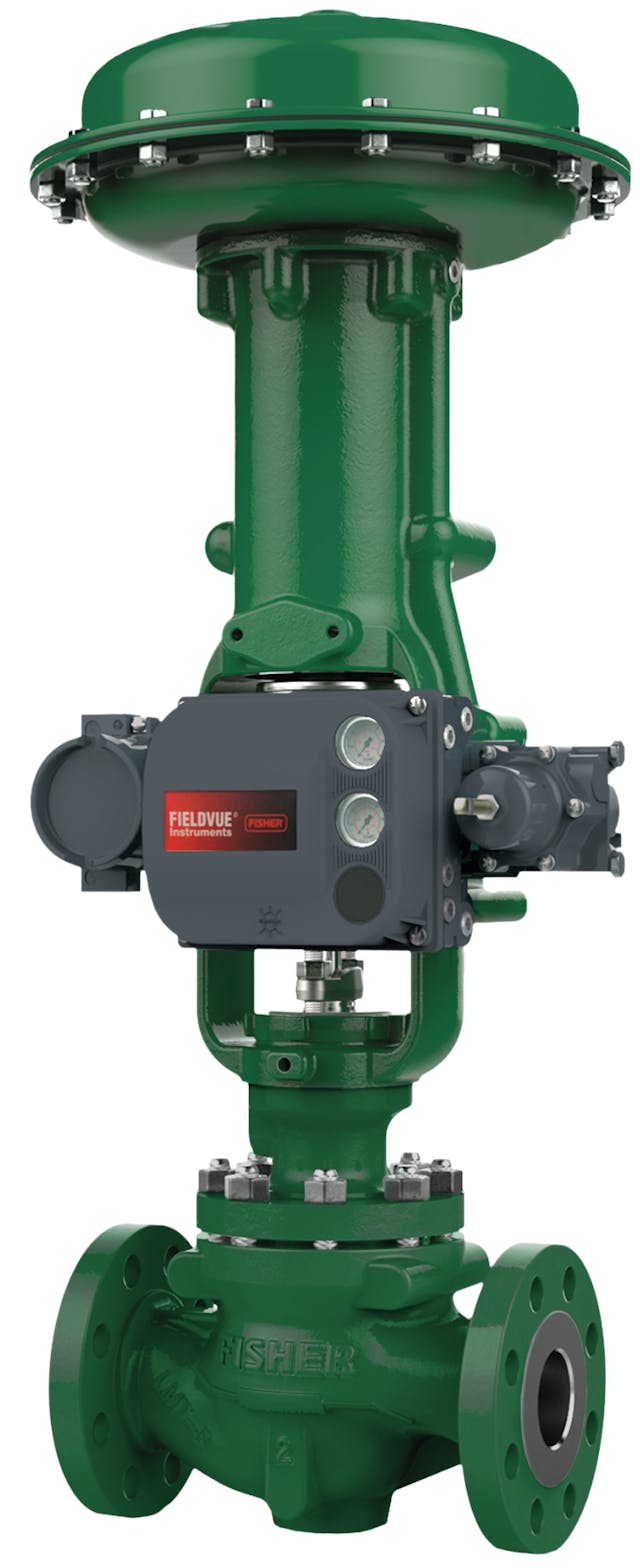Efficient Control Valves: Secret Elements for Efficient System Administration
Efficient Control Valves: Secret Elements for Efficient System Administration
Blog Article

Maximize Energy Cost Savings and Convenience With Advanced Structure Automation Controls
In the realm of modern architecture and center management, the assimilation of advanced structure automation controls stands as a pivotal improvement. The merging of modern technology and sustainability has actually birthed a new age where energy performance, comfort optimization, and operational streamlining are no much longer possible facts yet far-off desires. By utilizing the power of automation, structures can adjust, respond, and evolve in methods that were when inconceivable. The potential for substantial energy cost savings and improved comfort is not simply an assurance yet a possibility waiting to be met. This paradigm change in building management holds the crucial to opening a world where ecological conscientiousness and occupant wellness sympathetically coexist within the walls of our structures.
Power Performance Benefits
Energy effectiveness benefits can dramatically lower power usage and functional costs in buildings. By carrying out energy-efficient practices and innovations, building proprietors and operators can attain considerable cost savings while additionally adding to environmental sustainability. Among the primary benefits of boosting power performance in structures is the decrease of utility expenses. Energy-efficient systems, such as innovative building automation controls, can maximize making use of sources like illumination, cooling, and heating, resulting in reduced energy expenses gradually.
In addition, boosted power efficiency can lengthen the life-span of structure tools and systems. By operating much more successfully, cooling and heating systems, lighting fixture, and various other structure components experience less damage, causing lowered upkeep and replacement costs. Furthermore, energy-efficient buildings often regulate higher residential or commercial property values and rental rates, supplying long-term monetary advantages to proprietors.
Furthermore, power performance can improve passenger comfort and efficiency. Appropriately managed interior atmospheres with ideal lighting and thermal conditions produce an even more pleasant and favorable work area, leading to improved worker contentment and efficiency. Generally, the energy performance benefits linked with advanced building automation controls are multifaceted, including expense savings, environmental stewardship, and owner wellness.
Enhanced Comfort Control
Enhancing comfort control in building atmospheres requires an innovative combination of sophisticated automation systems for ideal resident health. By making use of innovative structure automation controls, centers can customize the indoor setting to fulfill the details requirements and preferences of occupants. These systems allow accurate policy of ventilation, temperature level, and lighting, producing a effective and comfy atmosphere. Passenger fulfillment and productivity are carefully connected to thermal comfort, making it vital to have systems in place that can adapt to altering problems in real-time.
Enhanced comfort control surpasses standard temperature modifications. It consists of features such as individualized setups, occupancy sensing units, and all-natural light utilization to create a vibrant and responsive atmosphere. By integrating these innovative controls, buildings can not only improve comfort however likewise boost power effectiveness by enhancing system procedures based upon real occupancy and use patterns. Inevitably, focusing on occupant comfort through innovative automation systems brings about a more satisfying and healthier indoor atmosphere.
Operational Efficiency Improvements

In addition, the implementation of real-time tracking and analytics tools enables building operators to determine energy inefficiencies and functional anomalies without delay. By constantly checking energy usage patterns and system efficiency metrics, modifications can be made in real-time to enhance power intake and make sure peak operational performance. control valves. Furthermore, integrating demand feedback methods right into building automation controls can further boost operational performance by dynamically changing energy usage based upon grid conditions and prices signals
Indoor Climate Optimization
Effective interior climate optimization is an essential why not find out more element of structure automation controls, making sure occupants' convenience and wellness while optimizing energy savings. By using innovative sensing units and controls, developing automation systems can continuously keep an eye on and change temperature, moisture degrees, air top quality, and ventilation to develop an ideal interior environment. Preserving comfortable and constant conditions not just boosts occupant satisfaction but additionally boosts performance and total health.
Indoor environment optimization likewise plays a crucial role in power effectiveness. By fine-tuning cooling, heating, and air flow systems based on real-time data and occupancy patterns, constructing automation controls can considerably minimize power usage - control valves. Implementing techniques such as demand-controlled air flow and thermal zoning can aid minimize power waste while ensuring that each area of the building obtains the required conditioning.

Sustainable Setting Creation
Building automation manages not just maximize interior environment conditions for energy efficiency and occupant convenience yet likewise lay the structure for producing a lasting environment through tactical administration of sources and systems. By integrating sophisticated building automation innovations, such as sensing units, actuators, and smart software application, centers can adjust and keep an eye on power use in real-time to decrease waste and decrease their carbon footprint. These systems make it possible for predictive maintenance, determining prospective concerns prior to they intensify and enhancing equipment performance to boost durability and effectiveness.
In addition, sustainable environment development extends beyond energy administration to encompass water conservation, waste reduction, and interior air top quality enhancement. Building automation controls can regulate water usage, spot leakages, and guarantee appropriate garbage disposal practices, contributing to general sustainability efforts. Additionally, by checking and managing air flow and filtering systems, these click for info modern technologies boost passenger health and productivity while reducing energy consumption connected with HVAC procedures.
Final Thought
To conclude, progressed structure automation controls deal significant advantages in terms of energy cost savings, convenience control, operational performance, interior climate optimization, and producing a sustainable setting. By implementing these controls, structures can accomplish ideal performance while reducing power usage and enhancing owner convenience. It appears that the use of innovative automation modern technology is crucial in improving building performance and producing a much more sustainable future.
Energy efficiency advantages can significantly minimize energy usage and operational prices in structures. In general, the power efficiency advantages linked with innovative structure automation controls are diverse, including cost financial savings, environmental stewardship, click here to read and occupant wellness.
Furthermore, integrating need reaction techniques right into structure automation controls can better improve operational efficiency by dynamically readjusting power usage based on grid problems and pricing signals.
Structure automation manages not only optimize interior environment problems for energy effectiveness and passenger comfort yet likewise lay the foundation for developing a lasting setting via critical monitoring of systems and resources.In verdict, progressed building automation regulates deal substantial benefits in terms of energy financial savings, comfort control, functional efficiency, indoor climate optimization, and producing a sustainable environment.
Report this page